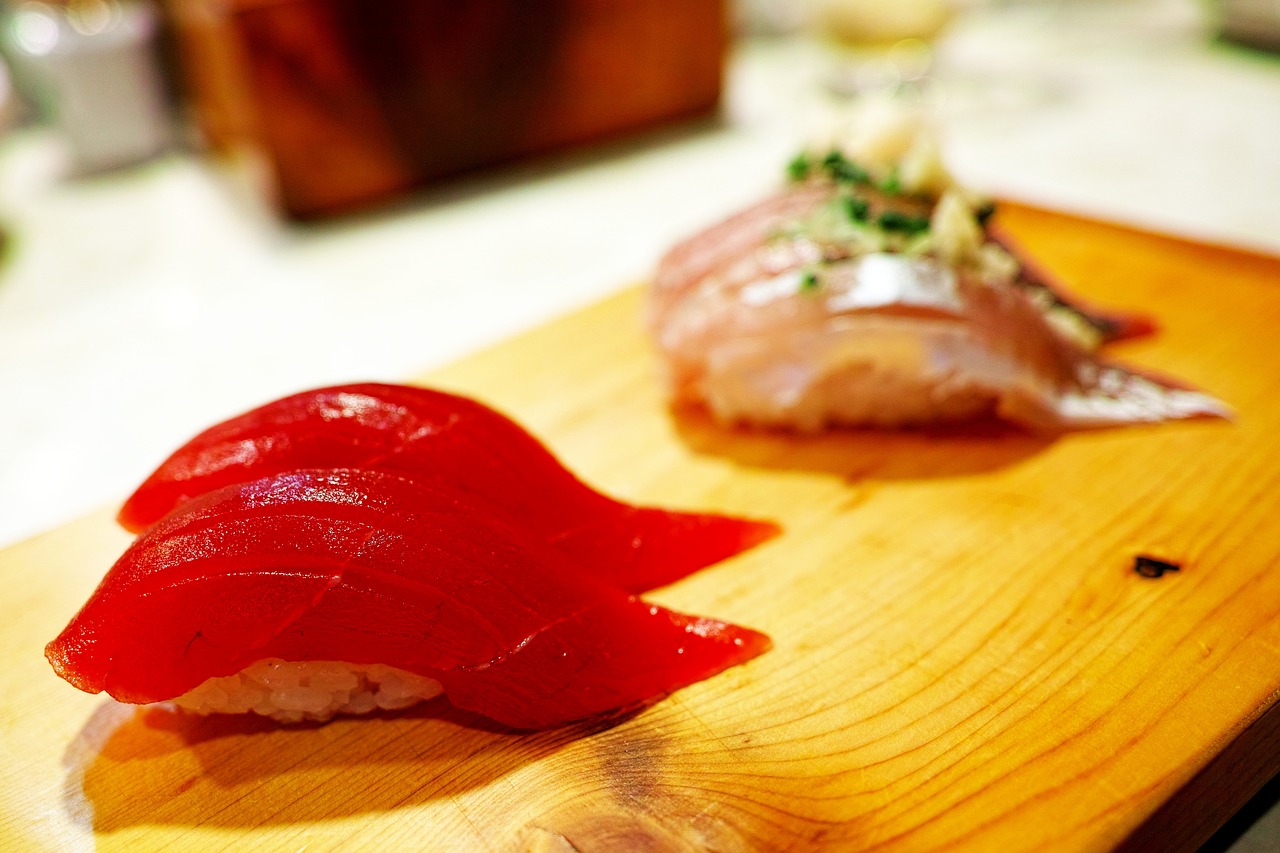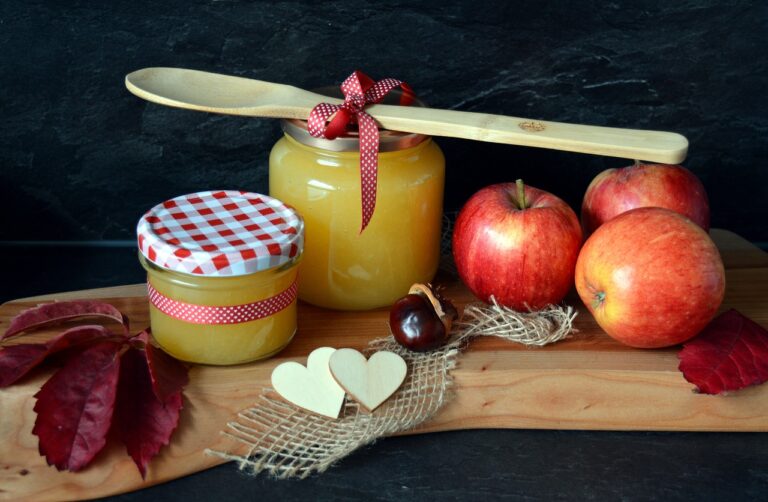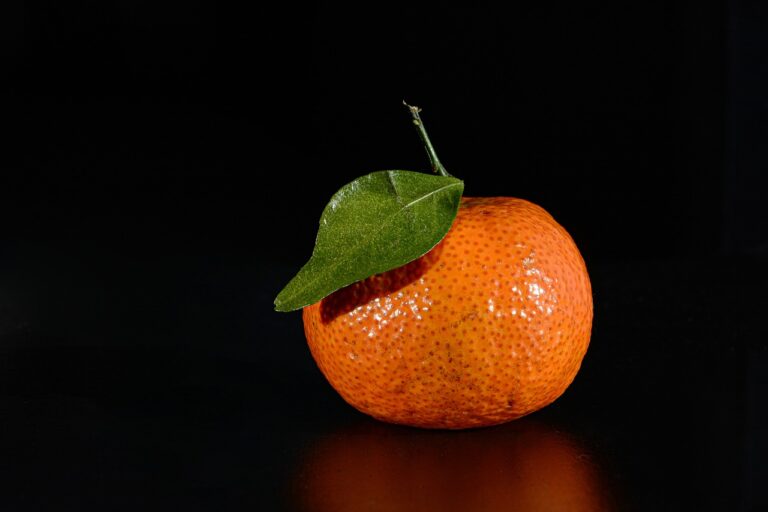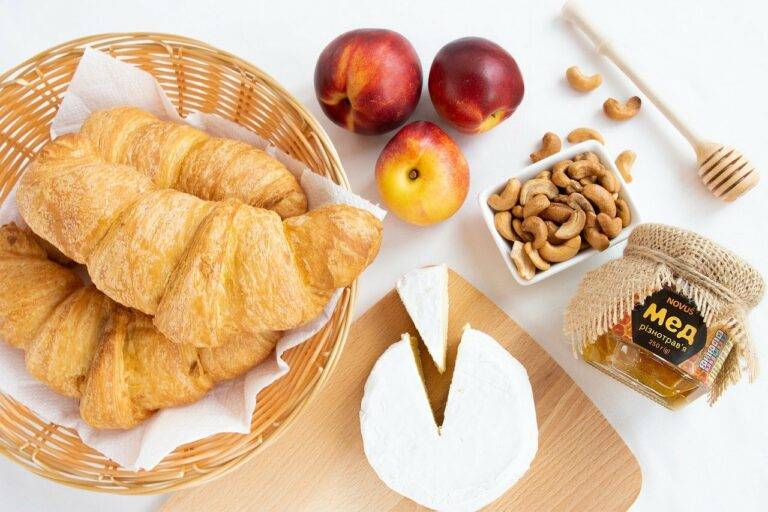The Art of Food Styling: Creating Instagram-Worthy Dishes.
Food styling involves the art of preparing and arranging food to make it visually appealing for various purposes, such as photography, commercials, or even in-person events. It goes beyond just cooking a dish; it focuses on enhancing the presentation to entice the viewer or consumer. Food styling plays a crucial role in marketing and advertising by creating an attractive visual that attracts attention and encourages people to try the food.
The importance of food styling lies in its ability to elevate the perceived value of a dish. Through thoughtful arrangement, color coordination, and garnishing techniques, food stylists can transform an ordinary plate of food into an enticing masterpiece. In today’s visually-driven world where social media and online platforms showcase an abundance of food content, the presentation of dishes can make a significant impact on how a meal is perceived and appreciated.
Understanding the Role of Color in Food Styling
Color plays a crucial role in food styling, as it has the power to evoke emotions and influence perception. Bright and vibrant colors often make dishes appear more appetizing and visually appealing. On the other hand, muted tones can convey a sense of sophistication and elegance. By carefully selecting the color palette for a dish, food stylists can enhance its overall presentation and create a specific mood or atmosphere.
Moreover, color can be used to create contrast and balance in food styling. Pairing complementary colors can make certain elements of a dish stand out, drawing the viewer’s attention to specific components. Additionally, using a variety of colors can add depth and dimension to the overall composition, making the dish look more visually interesting and dynamic. Food stylists often experiment with different color combinations to find the most visually appealing presentation for a dish.
Creating Visual Interest with Texture in Food Presentation
When it comes to the visual appeal of food presentations, texture plays a crucial role in adding depth and interest to the overall look of a dish. Incorporating a variety of textures, such as crunchy, creamy, chewy, or crispy elements, can create a more dynamic and engaging dining experience for the consumer. Textures not only enhance the aesthetic appeal of a dish but also contribute to the overall sensory experience, making each bite more satisfying and memorable.
Additionally, paying attention to the contrast of textures within a dish can help highlight the different components and elevate the overall presentation. For example, pairing a smooth, velvety sauce with a crispy fried element can create a delightful textural contrast that not only looks visually appealing but also creates an enjoyable mouthfeel for the diner. By strategically incorporating a combination of textures, food stylists can create visually stunning presentations that not only look appealing but also engage multiple senses, resulting in a more memorable dining experience.
What is food styling?
Food styling is the art of arranging and presenting food in an aesthetically pleasing manner. It involves using various techniques to make dishes look visually appealing.
Why is food styling important?
Food styling is important because it can enhance the overall dining experience. A well-styled dish can make it more appetizing and enticing, increasing the likelihood that it will be enjoyed by those who consume it.
How does color play a role in food styling?
Color is a key component of food styling as it can influence our perception of taste and freshness. By using a variety of vibrant and contrasting colors, food stylists can create visually appealing dishes that are more likely to be enjoyed.
How can texture be used to create visual interest in food presentation?
Texture can be used to add depth and dimension to a dish, making it more visually interesting. By incorporating a variety of textures, such as crunchy, smooth, and creamy elements, food stylists can create visually dynamic dishes that are visually appealing.







